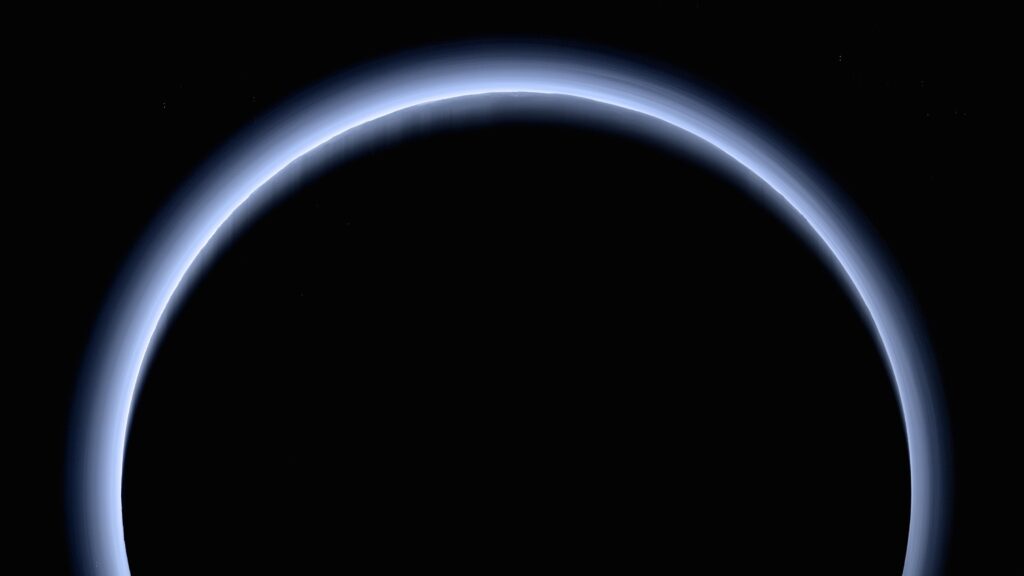
Credit: NASA/Johns Hopkins University Applied Physics Laboratory/Southwest Research Institute
New Horizons is the first spacecraft to closely explore the dwarf planet Pluto and its moons. Additionally, the mission flew by the Kuiper Belt object Arrokoth, making it the farthest object observed up close. After its launch on January 19, 2006, the spacecraft traveled for nine years before reaching its first major destination, the flyby of Pluto on July 14, 2015. In early 2019, the probe also passed by its second target, Arrokoth. Now, the spacecraft is set to continue exploring the outer solar system in the Kuiper Belt, although it currently does not have a specific new target.
Pluto is a dwarf planet in the outer solar system. At the mission's outset, Pluto was classified as a planet, a designation later revoked for this body, which is smaller than our Moon. Nevertheless, Pluto remains an intriguing object of study. Unlike Earth and the Moon, Pluto, along with its five known moons Charon, Styx, Nix, Kerberos, and Hydra, orbits a common point outside Pluto. This creates a Pluto system where Pluto is the largest body but not the central point. On its journey to the Pluto system, New Horizons also captured photos of Jupiter's moons Io, Europa, and Ganymede.
The mission's final major target, Arrokoth, is a small object in the Kuiper Belt. Explored by New Horizons, it is the farthest and most primitive object ever closely examined by a spacecraft. Arrokoth is a red "Contact-Binary," two bodies fused together in orbit. The images of Arrokoth's unusual shape were a sensation.

